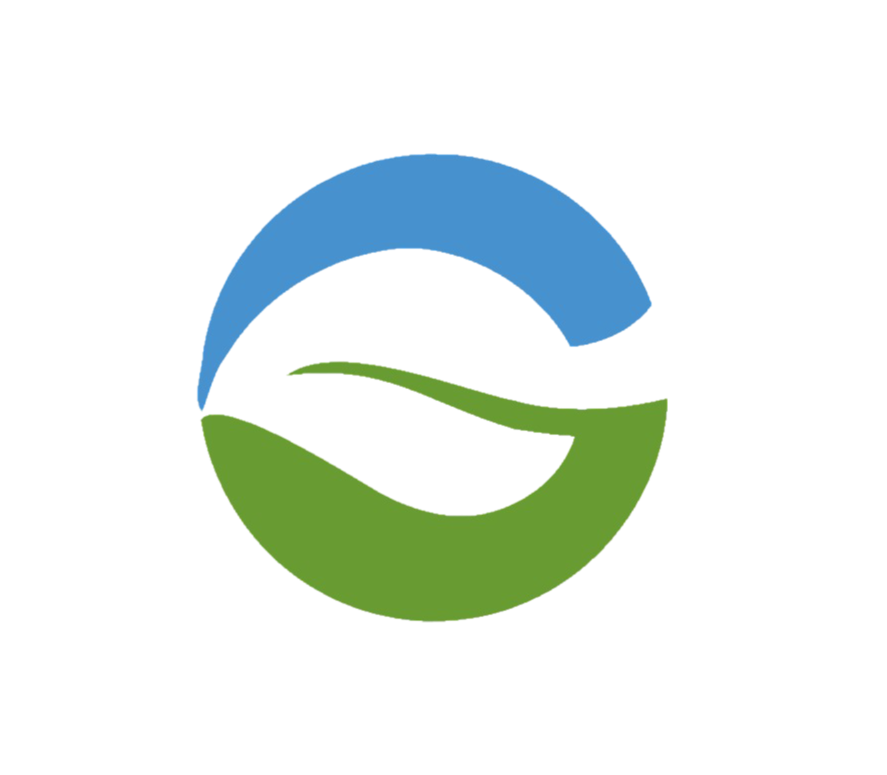In modern manufacturing, water isn’t just a utility — it’s a critical input that affects product quality, operational efficiency, and regulatory compliance. Whether it’s used in boilers, cleaning, or as a raw ingredient, water purity directly influences performance and profitability.
This is why more factories and processing units are investing in Industrial RO (Reverse Osmosis) Water Plants — engineered to consistently deliver high-purity water by removing harmful dissolved salts, heavy metals, and microbes.
In this guide, we’ll explore how industrial RO systems work, the benefits they bring to manufacturing environments, and where they are most effectively used.
1. What Is an Industrial RO Water Plant?
An Industrial RO Water Plant is a high-capacity, continuous-operation system that filters water using a semipermeable membrane and multi-stage treatment to remove:
- Dissolved solids (TDS)
- Heavy metals
- Fluoride, nitrates
- Bacteria and viruses
These plants are commonly installed in:
- Beverage, food, and dairy factories
- Pharmaceutical manufacturing units
- Power generation and boiler systems
- Textile and dyeing industries
- Electronics and chemical plants
2. How Industrial RO Systems Work – Step-by-Step Process
- Pre-Filtration: Removes dust, rust, and grit to protect the membrane.
- Activated Carbon Filtration: Absorbs chlorine, organic chemicals, and bad odor.
- High-Pressure Pump: Raises water pressure to push it through the membrane.
- RO Membrane Stage: Removes 99% of TDS, heavy metals, and bacteria.
- Post-Treatment: Optional steps like UV sterilization, pH balancing, or re-mineralization depending on the final use.
Tip: Some advanced systems integrate reject-water recovery for sustainability.
3. Benefits of RO Systems in Manufacturing
a) Consistent High-Purity Water
Ideal for applications that demand ultra-clean water — from pharma-grade formulations to food-grade rinsing.
b) Protects Equipment
Minimizes scale buildup in boilers, chillers, and heat exchangers — extending equipment lifespan.
c) Boosts Efficiency
Reduces process variability and chemical imbalances, ensuring smoother workflows and optimized energy use.
d) Regulatory Compliance
Supports adherence to BIS, ISO, GMP, and WHO water standards.
e) Saves Operational Costs
Cuts down on machine downtime, chemical cleaning, and water-related repairs — delivering a better ROI.
f) Environmentally Friendly
Most systems include reject water recovery, helping industries meet sustainability goals and reduce water wastage.
4. How RO Improves Water Quality in Manufacturing Units
- TDS Stabilization: Maintains uniform dissolved solids for batch consistency.
- Removes Chlorine, Silica, etc.: Prevents corrosion and production defects.
- Microbial Control: UV + RO ensures sterile water for sensitive production lines.
- Improved Final Product: From dye uniformity in textiles to taste in beverages.
- Smart Monitoring: Integration with SCADA or PLC systems enables real-time performance tracking and predictive maintenance.
5. Top 5 Applications of Industrial RO Water Plants
- Food & Beverage Processing
- For rinsing, ingredient water, and CIP (Clean-In-Place) systems
- Pharma & Biotech
- Meets USP/BP water quality requirements for drug formulation
- Textile & Printing Units
- Prevents hardness-related fabric damage and ensures color consistency
- Power & Boiler Systems
- Supplies demineralized water to reduce blowdown and improve fuel efficiency
- Electronics & Precision Manufacturing
- Ensures impurity-free water for component washing and cooling
6. Choosing the Right Industrial RO System
Key factors to consider:
| Factor | Why It Matters |
|---|---|
| Water Source | Borewell may require extra filtration vs. treated surface water |
| TDS/Hardness Level | Determines pre-treatment needs and membrane specs |
| Daily Usage | Ranges from 500 LPH to 20,000+ LPH |
| Automation | Manual vs. fully automatic systems with smart alerts |
| Post-Treatment | pH correction, UV, re-mineralization based on application |
Frequently Asked Questions (FAQs)
Q1. How long do RO membranes last?
Typically 2–3 years with good pre-filtration and maintenance.
Q2. Can RO systems handle very high TDS?
Yes, with proper design and pre-treatment, they can treat water with up to 2000–3000 ppm TDS.
Q3. Is it possible to recycle RO reject water?
Yes. Many systems include reject recovery modules for cleaning or flushing use.
Q4. Are industrial RO systems scalable?
Absolutely. You can start with 500 LPH and scale to 20,000+ LPH as demand grows.
Q5. Is RO water suitable for steam generation?
Yes. RO water reduces scaling in boilers and improves steam purity and system efficiency.


Recent Comments